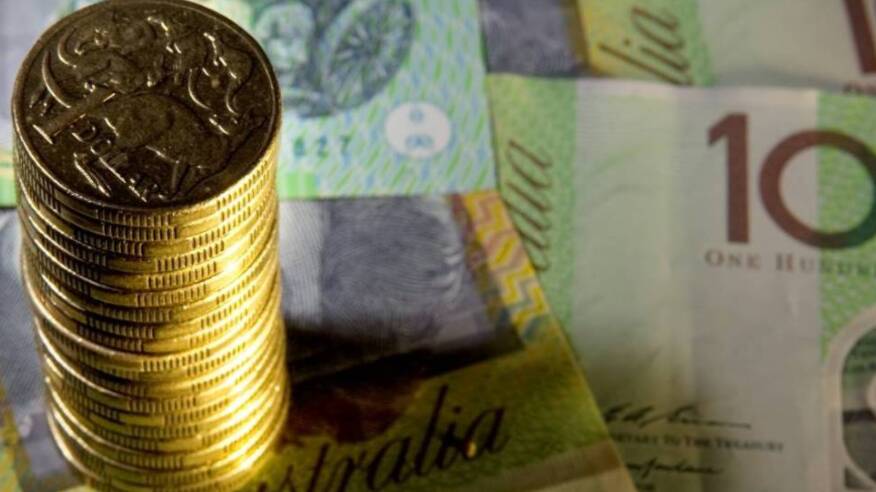
A Treasury report released on Thursday shows that health expenditure by government could increase by 127 per cent in 15 years based on historical trend projections.
Subscribe now for unlimited access.
or signup to continue reading
The report considered the state's long-term financial sustainability until 2034-35 under four revenue and expenditure growth scenarios based on historical trends, budget forwards estimates, high expenditure growth, and low revenue growth.
Historical trend projections were based on the assumption that annual expenditure was projected to be 4.8 per cent per year compared with annual revenue growth of 3.5 per cent per year.
IN OTHER NEWS:
Health expenditure was expected to increase from $2.2 billion in 2019-20 to $5 billion in 2034-35 under this scenario.
Under the forward estimates scenario, health expenditure was expected to increase to $4 billion.
Under the high expenditure growth scenario, expenditure was projected to rise by 6.1 per cent per annum and reach $14 billion in 15 years' time.
Health expenditure was expected to be $5.9 billion by 2034-35.
Under a low revenue growth scenario, there was an annual growth projection of 2.7 per cent a year.
Premier Peter Gutwein said the report confirmed the state's finances were strong and its projections were manageable in the short to medium-term.
But Greens leader Cassy O'Connor said it confirmed the need for taxation reform, in particular higher taxation on wealthy corporations and investors in the state.
She said the demand for health services was not the only driver on increased expenditure.
"The costs causing the budget blowout are supply pressures, such as the cost of new technologies," Ms O'Connor said.
"Improving the health of Tasmanians, while critical, will not address the budget shortfall in coming years."
Treasury pointed out that 63.3 per cent of the state's budget in 2020-21 was made up of Commonwealth Government funding.
The remaining 36.7 per cent was revenue generated by the state government.
"This exposes the state government to fiscal pressures largely outside of its control," Treasury said in the report.
The analysis showed based on the net operating balance would be $1.53 billion in deficit by 2034-35 based on historical trends, $532 million in deficit based on the budget forward estimates, $3.18 billion in deficit based on a high expenditure scenario, and $2.57 billion in deficit based on a low revenue scenario.
The analysis found net debt would rise to $20.3 billion in 2034-35 based on historical trends, to $15.95 billion based on the forward estimates, and to $29.78 billion based on a high expenditure scenario.
It found the fiscal balance would be $1.83 billion in deficit based on historical trends, $958 million in deficit based on the forward estimates, $3.74 billion in deficit based on a high expenditure scenario, and $2.87 billion in deficit based on a low revenue scenario.
What do you think? Send us a letter to the editor:














